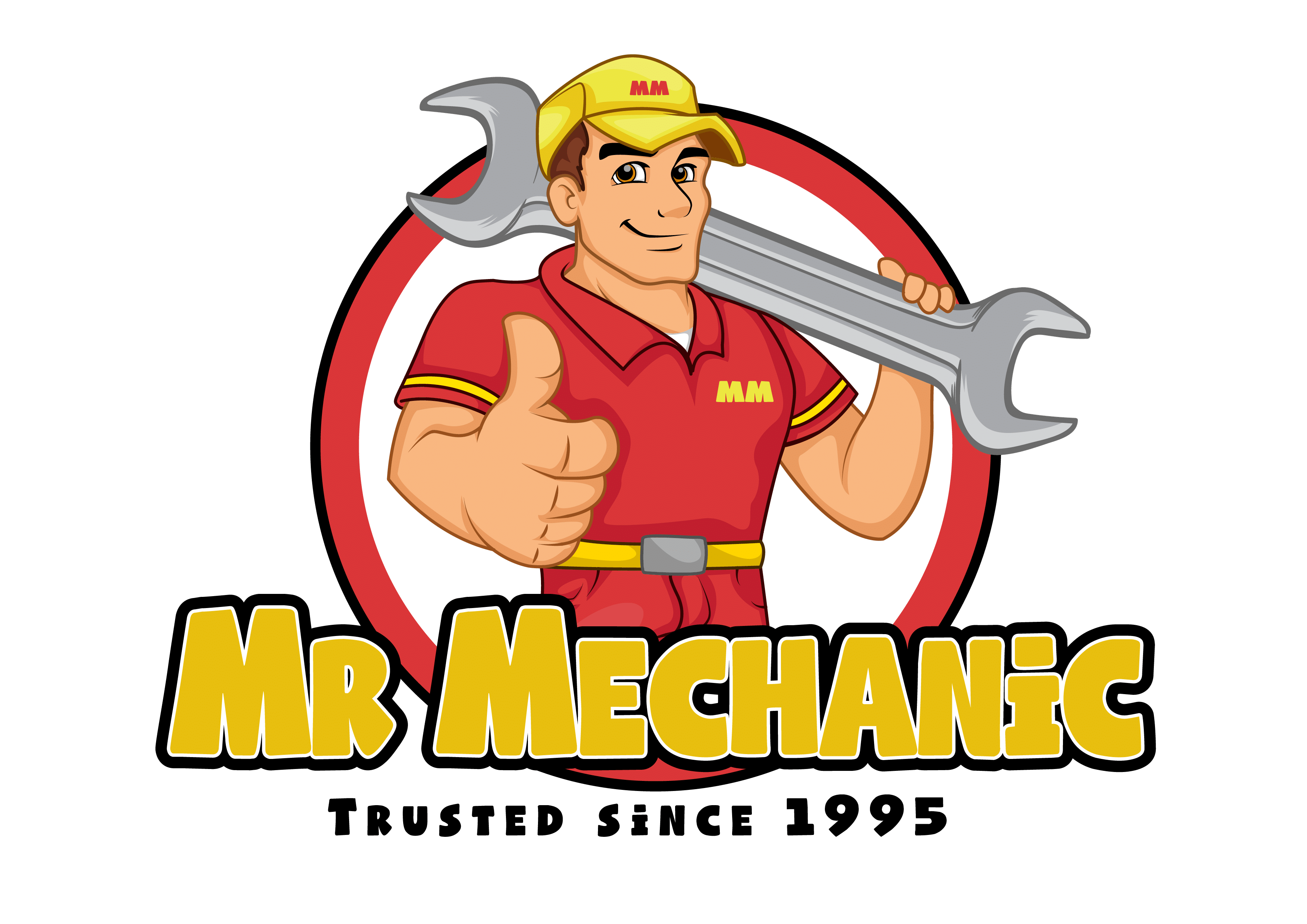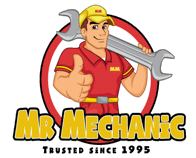Even though you may have found the ideal car for you, there are a few things to think about before you sign the papers. You ought to have complete confidence that the car you are about to buy is in superb shape. This will guarantee you don’t have any problems with the purchase after making it, which is why it is imperative to have a pre-purchase examination from a reputable business. Everything there is to know about a pre-purchase car inspection report can be found in this article.
Pre-Purchase Car Inspection Report: Crucial Areas to Examine
1. Automobile Data:
This component establishes the foundation by verifying the year, make, model, mileage, and VIN of the vehicle. Check that it corresponds with all of the vehicle’s accessible paperwork. Inconsistencies may indicate the presence of salvage automobiles or tampered odometers.
2. System of Engines and Mechanisms
At this point, the issue is at its core. In addition to any leaking, worn belts or hoses, and possible problems with the transmission, brakes, and suspension, the report should include information on the engine’s health. Breakdowns such as mushy suspension, grinding brakes, and leaking liquids should be avoided.
3. The undercarriage
Any rust, broken parts, or leakage evidence should be mentioned in the report. Leaking liquids indicate possible problems with the drivetrain or exhaust system, and severe rust on the undercarriage can jeopardize the underlying structure of the vehicle.
4. Diagnoses for computers
The diagnostic codes on contemporary cars, which function like rolling computers, convey a great deal. Any problematic codes and possible consequences in the car inspection report must be added. Repeated or severe codes indicate major electrical or engine problems, whereas some codes may simply be simple sensor faults.
5. Outside and Inside
All flaw, including paint chips, dents, fractures, and corrosion, is photographed. Although little visual defects can be accommodated, a large amount of rust indicates possible structural problems. Inconsistent panel gaps should be closely examined as they may indicate prior accident repairs. Funky smells, broken gadgets, and faded furnishings inside may indicate concealed water damage or improper upkeep. Check our prior posted blog on the used car inspection list to know better.
Pre-Purchase Car Inspection Report: Warning Signs!
Rebuilds of engines or transmissions:
These significant repairs may be a sign of ongoing problems that may cost a lot of money in the future and cause difficulties.
Overly rusted:
Significant corrosion on the body panels, frame, or undercarriage exceeding small surface imperfections portends poor build quality and expensive future repairs.
Destruction to the frame:
Frame damage seriously undermines the car’s construction and jeopardizes safety, even if it is cosmetically fixed. Steer clear of at all costs.
Diagnostic codes that keep coming up:
When it comes to used car pre-purchase inspection, never fall for promises of “easy solutions”. Urgent codes that keep coming up indicate ongoing problems that have the potential to get very expensive.
Many spills of fluid:
A single little leak may be fixed, but several leaks point to more serious issues or general wear and tear. You can check our already-posted blog on mobile pre-purchase car inspection if you require any more information on the subject.
Pre-purchase automobile inspections are an economical and psychological investment. You may steer clear of buying a terrible car by reading the car inspection report, recognizing the warning signs, and making the appropriate inquiries. Therefore, remember to appoint a reliable business for this car inspection before you part with the cash you have saved.
Mr. Mechanic can come to you for any Vehicle repair, Service, Roadworthy certificate, and Inspection needs. Call us for a free quote!

